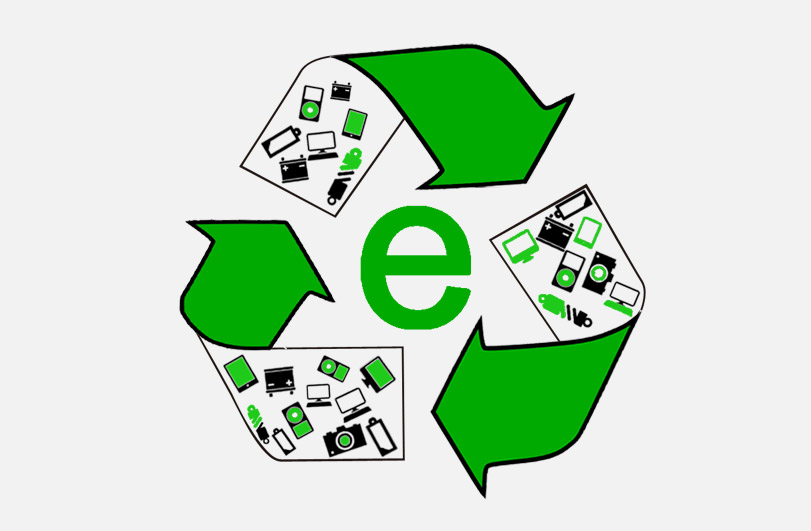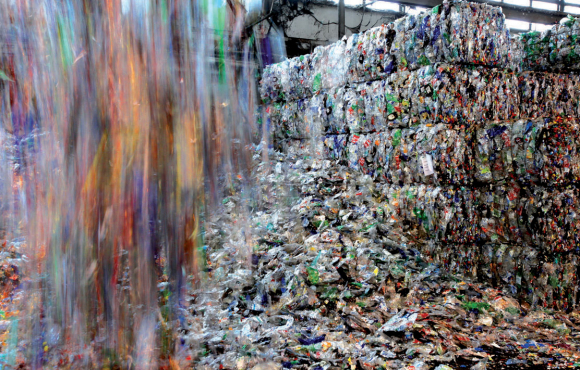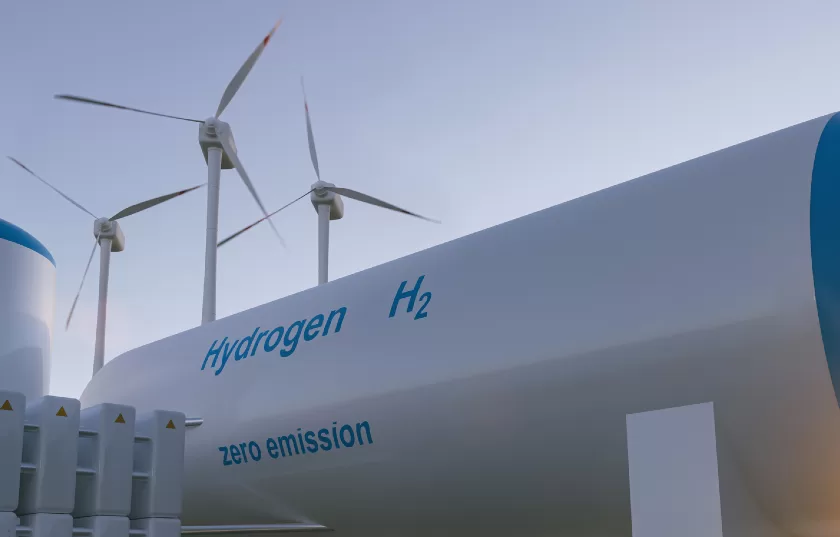India has become the largest producer of e-waste after China and the United States.
More than 95% of this waste is handled by the informal sector, which only adds to the problem. According to the Central Pollution Control Board, India generated 1.71 million metric tons of e-waste as compared to the worldwide e-waste generation which stood at 59.40 million metric tons.
Growth in the IT and communication sectors has enhanced the usage of electronic equipment exponentially. Faster upgradation of electronic products is forcing consumers to discard old electronic products very quickly, which, in turn, adds e-waste to the solid waste stream. The growing problem of e-waste calls for greater emphasis on recycling e-waste and better e-waste management.
COVID-19 Impact Analysis:
India is already the third-largest e-waste generator in the world after the US and China, and the volume growth is consistently rising. According to a study by KPMG and ASSOCHAM, computer equipment stands for almost 70% of e-waste in India, followed by telecom/phones (12%), electrical equipment (8%), and medical equipment (7%).
India ranks 177 amongst 180 countries and is among the bottom five countries on the Environmental Performance Index 2018. This was linked to poor performance in the environmental health policy and deaths due to air pollution categories.
Market Influencers:
With rising purchasing power and a rising trend in disposable income, the sales of these electronics are increasing steadily. Additionally, introducing new items with improved features and extra services encourages users to replace outdated products with more recent models. Also, the need to recycle, repair, and reuse metal-based electronics has increased. As a result, these problems would undoubtedly prompt producers of electronic goods to search for raw materials from recovered e-waste.
Despite these advantages, the e-waste market in India faces some major challenges such as a lack of awareness, safety concerns, and high recycling costs. Most consumers have less knowledge about the hazardous nature of e-waste components or the outcome of improper disposal.
They do not know about e-waste management in India, which is done by urban municipal or state government bodies. The disassembly process also presents the potential for worker exposure to airborne contaminants such as lead, mercury, and combustible dust, which cause significant health impacts.






